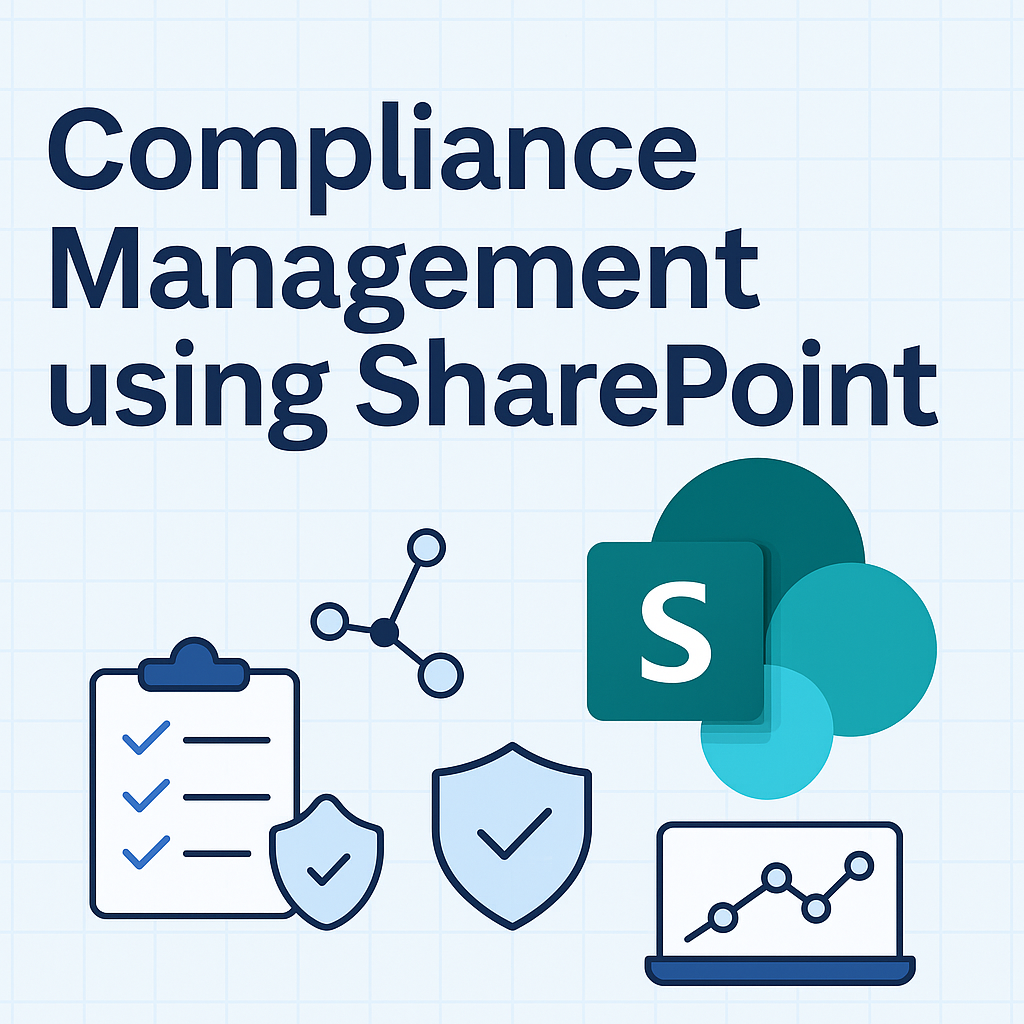ERP implementation is not just a simple change in software; it is a change in how everyone and everything is going to operate post-implementation. The system cost is only one aspect of it, diverting resources, training employees, and restructuring key business processes are part of a Successful ERP implementation. Don’t forget the key point is “Successful”. A failure can bring some harsh consequences not only in terms of costs incurred and time invested in the implementation process but it may also leave you ages behind your competition.
Given the risks, it is better to avoid a failure than take reactive measures which may lead to more expenditure and more time wasted. When implementing an ERP project, a little schedule overrun here, or a budget cross there might not seem like much of a deal, but when it compounds, it can have a cascading effect on all the other processes and prove disastrous for the company.
On a generic level, ERP implementation fails when one of the following occurs:
- Time overrun
- Over-budget Project
- Disruption of Business operations
- Decreased organizational efficiency due to the implementation
- Decreased sales and revenue
But you can avoid these by taking some basic necessary actions:
Train the employees & users
Change is a constant, but it is also hostile. People are not programmed to accept change well. When employees find that their workflows are getting affected, they may start resenting the whole process. It would be a good idea to start employee training on the new software before the actual implementation. It is also imperative to train the employees to be open-minded about the change as they may be required to learn and unlearn certain factors in the business process.
Did you just overlook a small requirement?
If you try and meet the time, chances are, you might have missed or overlooked something in the hurry of finishing the project or meeting a deadline. Remember that any mistake in any aspect of the software may have a cascading effect on all other items. So make sure you go into detail about every part of the requirements document and consider all the various aspects equally important.
Acknowledge the Concerns of employees
Discuss your ERP implementation plan with your employees. You need them to accept the plan you have created. You must bring them on board for this project and acknowledge their concerns with the software or the project. The senior management team is important but the end users will be the ones using the system on a daily basis. It should be easier for them to accept and change the way the system operates. If your employees are having a concern, make sure you listen to them and try to help them with a solution.
Research well
When buying ERP software, spend some time on research. Try and match your need with what is available and never discount Open Source Software. There is always an affinity towards known brands but Open Source offers a lot of flexibility and can get you up and running very quickly. I am not saying they are always free or cheaper (Read More: There is no Such Thing as “Free Software”) but they do offer a lot of flexibility when it comes down to customization of the software.
Once you have decided upon a few final vendors; read up on some basics, you can have an upper hand on the vendor and not get carried away by what is on offer. See which of the few final software have all the features that you need and find out if the vendor offers any customization services.
Implementation failures are disastrous, but not all are failure stories, once the ERP is successfully implemented, a lot of the business processes become easy and less tedious. Now you know what to do to make your ERP implementation successful, go ahead and work on that requirements list 🙂



